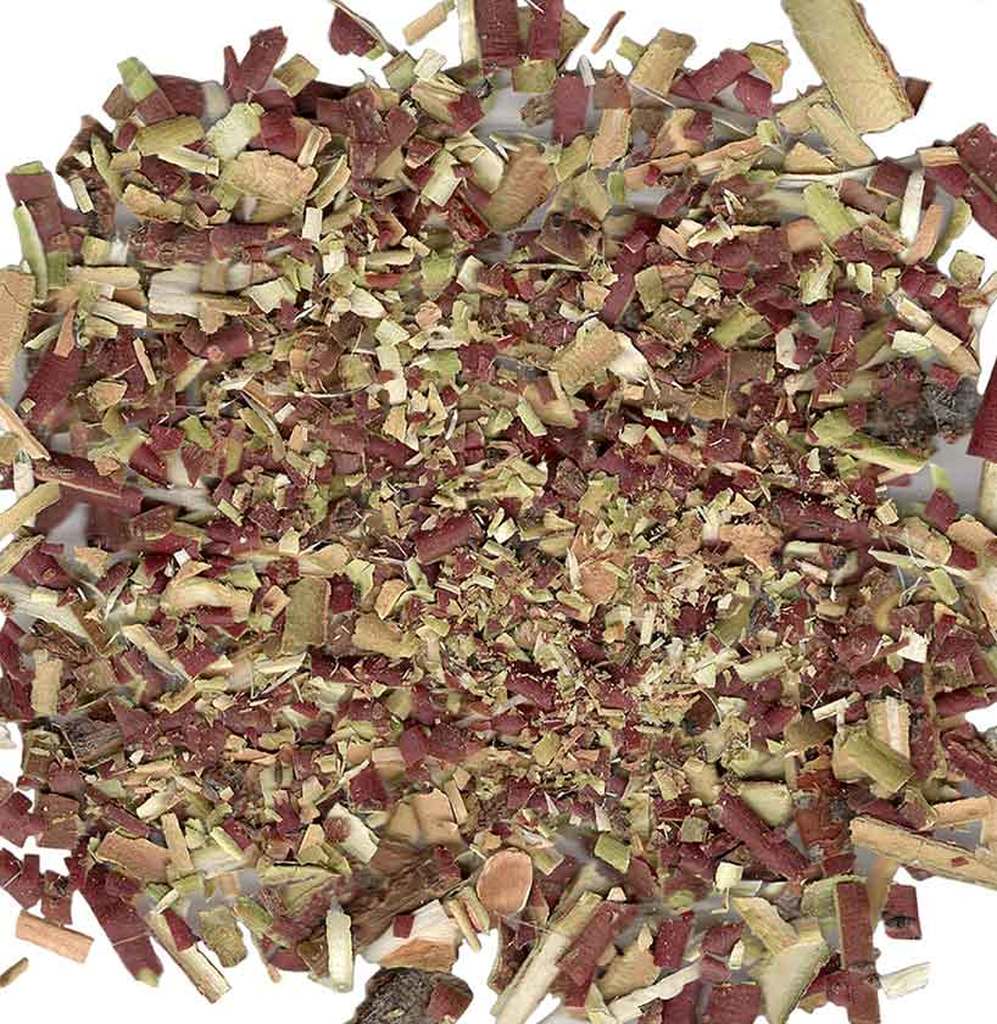Native American Herb: Red Willow Bark
Known as "Cansasa" to the Lakota, Red Willow Bark is a spiritually important herb within the Native American culture. It is often used during times of ceremony to show respect or give spiritual protection; socially, it can be shared with close friends and family to promote kinship.
Classification: Although it assumes the Willow name, the bark is actually that of the Red Osier Dogwood (Cornus stolonifera).
Aroma: Sweet and woodsy.
Native American uses of Red Willow Bark
- Smoking Mixture: Red Willow can be smoked by itself or blended with tobacco and other herbs like bearberry, osha, and sumac. Used alone*, the bark produces a mild and pleasant smelling smoke; when mixed with tobacco**, this woodsy smelling smoke adds depth to the overall aroma.
- Sacred Pipe: When combined with tobacco and smoked in a sacred pipe, this dried bark has been used to end conflicts between individuals or seal agreements between leaders of different groups. Used with the sacred pipe, Red Willow can also be used to make offerings to the spirits during times of prayer.
- Tobacco Ties: These small sacred bundles made of offering cloth usually include tobacco and other herbs (like Red Willow). They are typically made during ceremony and carry a very special purpose - to pray for someone who is ill or remember someone who has passed into the spirit world.
Ideal season for Red Willow Bark: Winter
Red Willow Bark is an especially popular herb at this time of year, as it is usually gathered during the winter months "when thunder is not present" (or when the tree's sap production decreases); typically between the first frost and the first thunderstorm of the spring.
* Red Willow smoke is not addictive like tobacco. It has not been found to cause mood alteration or other psychogenic activity.
** Tobacco has had a sacred purpose within the Native American culture for thousands of years. Sacred use of tobacco does not include the use of commercial tobacco products.



